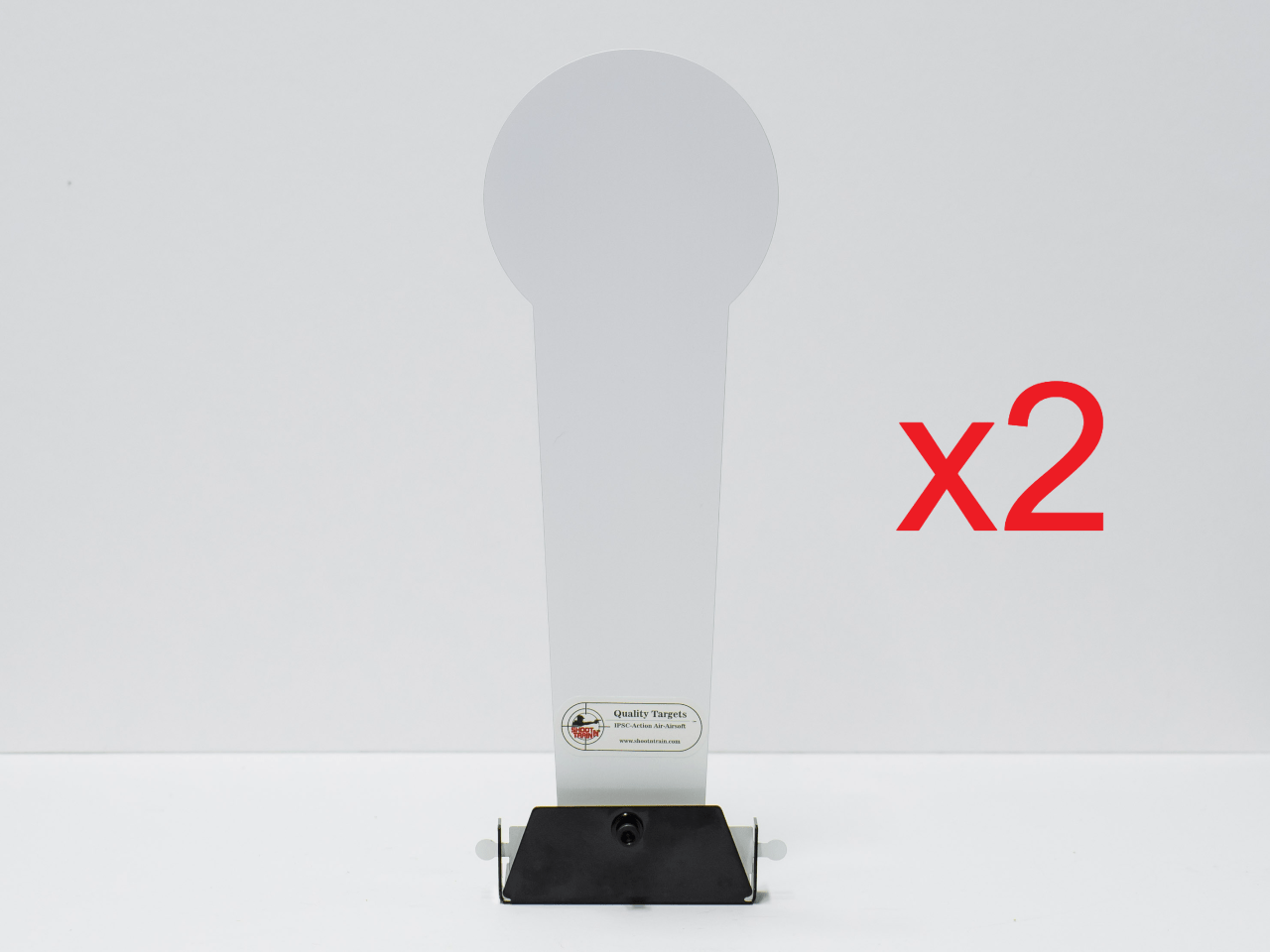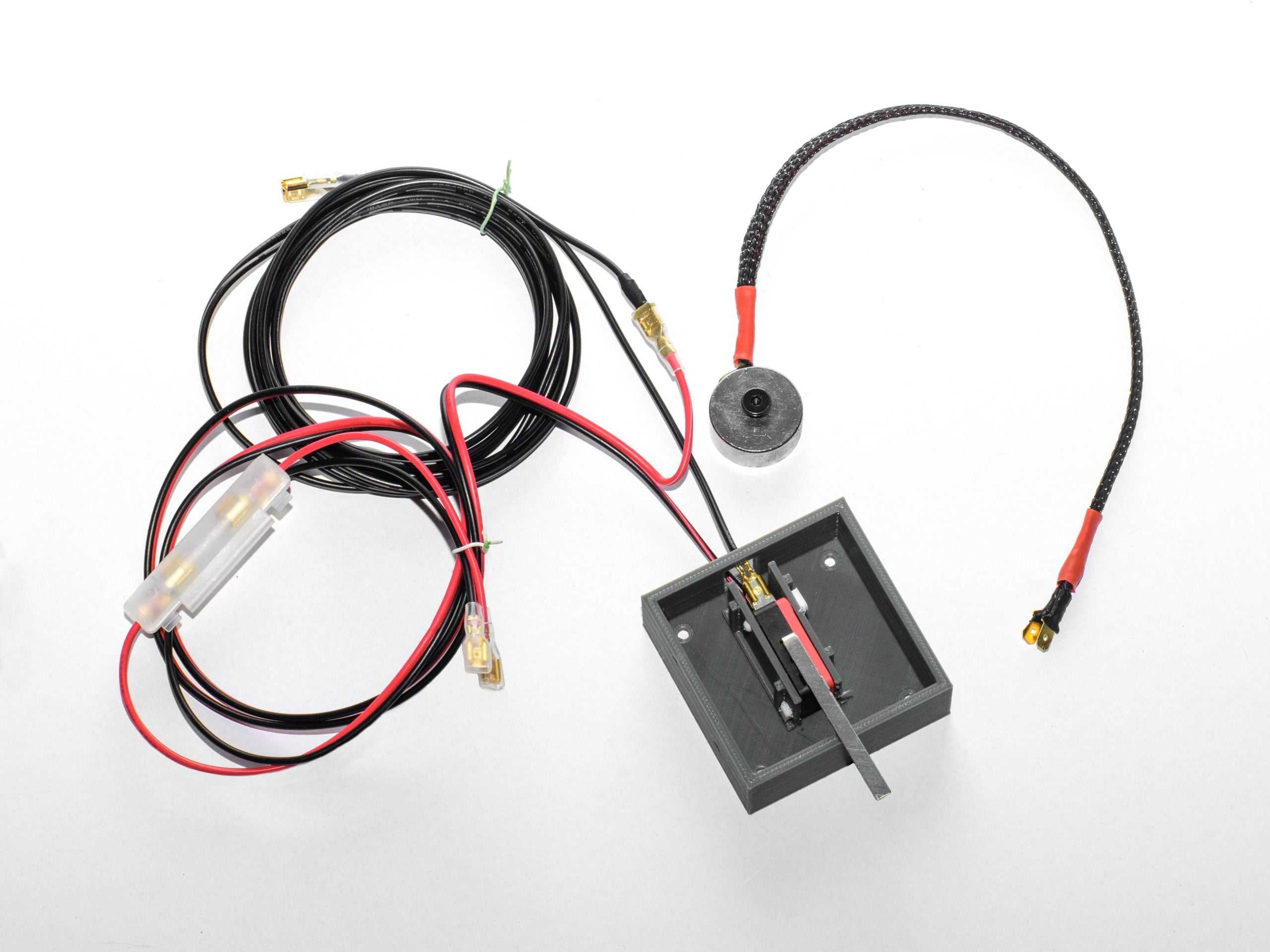
Shooting at Moving Targets: Advanced Techniques for IPSC Training
Introduction
Welcome to this comprehensive guide on IPSC Targets sophisticated methods for IPSC training. In this short article, we will explore the complexities of shooting at moving targets and provide you with professional tips and methods to improve your abilities in IPSC competitors. Whether you are a newbie or a skilled shooter, this guide will assist you improve your accuracy, speed, and general performance in vibrant shooting scenarios.
Table of Contents
Shooting at Moving Targets: Advanced Techniques for IPSC Training
When it concerns shooting at moving targets, mastering the required strategies is necessary to prosper in IPSC competitors. In this section, we will look into the sophisticated techniques that can considerably boost your shooting abilities in dynamic scenarios.
FAQs
Q1: What are IPSC targets? A1: IPSC targets are particularly designed cardboard targets utilized in International Practical Shooting Confederation (IPSC) competitions. They are used to simulate real-life shooting scenarios and check the shooter's accuracy, speed, and decision-making skills.
Q2: What makes competition shooting targets quality IPSC targets? A2: Quality IPSC targets are made from long lasting cardboard material that can withstand multiple shots without tearing. They have clear scoring zones and target functions that closely look like human or steel targets.
Q3: How can Shoot N' Train IPSC Targets improve my training? A3: Shoot N' Train IPSC Targets change training by offering interactive features such as reactive motion and struck detection. These targets supply a practical shooting experience, making them a vital tool for improving shooting skills.

Q4: What is the optimum shooting position for engaging moving targets? A4: The ideal shooting position for engaging moving targets involves a slight forward lean with a well balanced weight circulation between both feet. This position provides stability while allowing quick transitions between numerous targets.
Q5: How can I enhance my timing for moving target shots? A5: Timing is vital when engaging moving targets. To enhance your timing, practice tracking the target with your sights before initiating the shot. This will enable you to prepare for the target's motion and time your shot effectively.
Q6: How can I get rid of target panic and flinching during competitors? A6: Target panic and flinching can negatively affect your efficiency. To overcome these difficulties, concentrate on your breathing, keep a smooth trigger press, and picture successful shots. Constant practice and psychological preparation will help develop self-confidence and decrease anxiety.
Conclusion
Mastering the art of shooting at moving targets is a basic ability for any IPSC shooter seeking to excel in competitors. By executing the innovative ipsc cardboard target techniques discussed in this guide, in addition to routine practice and commitment, you can substantially improve your accuracy, speed, and overall performance. Keep in mind to pick quality IPSC targets that carefully look like real-life circumstances and think about including Shoot N' Train IPSC Targets into your training routine for a more practical experience. Stay focused, stay disciplined, and continue pressing yourself to brand-new heights in your IPSC journey.
